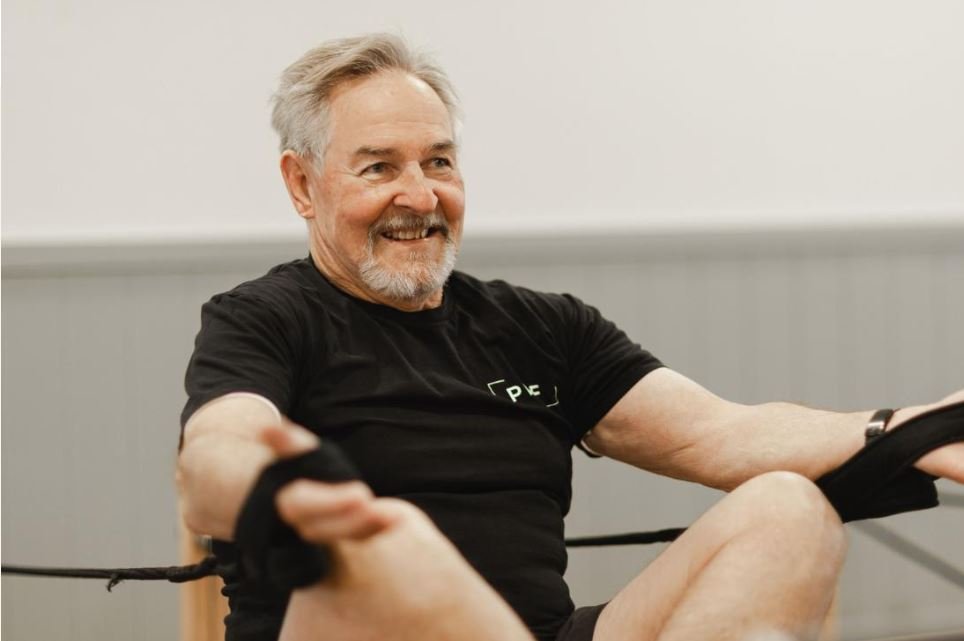Arthritis
There are more than 100 forms of arthritis that affect our joints, but the most common kind is osteoarthritis and Pilates can help!
Our expert team offers Precision and Proper Form in every session to maximize results.
With osteoarthritis, this cartilage breaks down leading to rougher movement between two bones, and possible bone-on-bone contact. Pilates can help with pain and discomfort. It is low impact, safe, and focuses on muscle strength, control, posture and precise, aligned joint movement.
Here are ways in which our Pilates team can help with osteoarthritis and arthritis pain
Low-Impact Exercise: Pilates is a low-impact form of exercise, making it gentle on the joints. The controlled and precise movements in Pilates can provide a way to engage in physical activity without putting excessive stress on the joints affected by arthritis.
Increased Flexibility: Pilates focuses on improving flexibility and joint mobility. The exercises are designed to lengthen and strengthen muscles, promoting a fuller range of motion in the joints. This increased flexibility may help reduce stiffness and discomfort associated with arthritis.
Muscle Strengthening: Pilates emphasizes core strength, as well as strength in other muscle groups. Strong muscles provide better support to the joints, potentially reducing the load on arthritic joints and improving overall stability. Strengthening the muscles around affected joints can help alleviate pain and improve joint function.
Improved Posture: Pilates places a strong emphasis on body awareness and proper alignment. By promoting good posture and body mechanics, Pilates may help individuals with arthritis reduce strain on their joints. Improved posture can contribute to decreased pain and discomfort.
Mind-Body Connection: Pilates encourages a mind-body connection through focused breathing and concentration on precise movements. This mindfulness aspect can be beneficial for individuals managing chronic pain conditions like arthritis. It may help individuals become more aware of their body's limitations and learn to move in a way that minimizes discomfort.
Adaptability of Exercises: Classical Pilates exercises can be modified and adapted to suit individual needs and limitations. Our team will tailor exercises to your specific condition, ensuring a safe and effective workout.
What causes Osteoarthritis
Age: Osteoarthritis is more common in older adults due to cumulative wear and tear on joints.
Joint Overuse or Injury: Repetitive stress or injuries to joints can contribute to osteoarthritis.
Genetics and Heredity: Family history of osteoarthritis may increase the risk of developing the condition.
Obesity: Excess body weight, especially in weight-bearing joints, accelerates cartilage breakdown.
Joint Misalignment: Structural abnormalities or misalignments can lead to uneven wear on cartilage.
Gender: Osteoarthritis is more prevalent in women, especially after menopause.
Muscle Weakness: Weak muscles around joints may increase stress on the joint, contributing to osteoarthritis.
Other Health Conditions: Conditions like rheumatoid arthritis or metabolic disorders can raise the risk of osteoarthritis.
